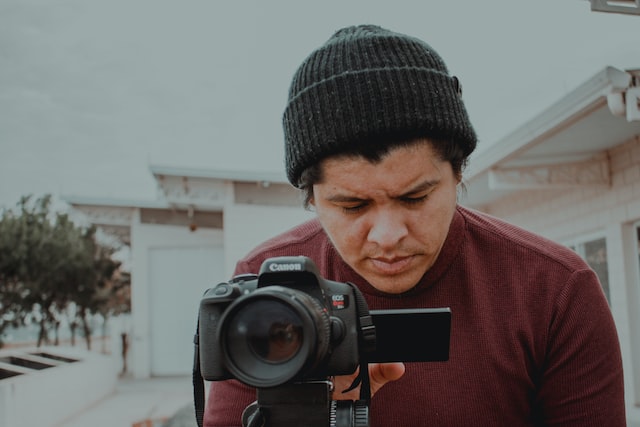- Know your camera
Whether you have a compact camera or a DSLR, make sure that you have a good play around with it and get to know it well. Use it until it feels comfortable and familiar in your hand.
- Learn basic composition.
Many photographers employ the Rule of Thirds. Break you frame into nine equal squares. Many newer cameras have a grid overlay that you can use. Try to align your subject along these lines to make a more visually interesting shot.
- Choose the right mode
Digital cameras have many different settings and modes – portrait, sunlight, nighttime, celebration and more. Try to ensure that you are set to the right one for each situation. Get into the habit of checking before you take a photo.
- Think about lighting
Have a look and see where the sun is – it’s your best lighting accessory! You don’t want your subject to be squinting and you don’t want the sun to be directly behind your subject or your photo will come out dark. Have a play around with where the light comes from and how it falls on your subject.
- Use your flash wisely and sparingly
The onboard flash of a digital camera is likely to be harsh and bright and it’s always better to work with natural light if you can. The flash will often wash your subjects out and add to your post-processing work. And no red-eye setting on a camera is foolproof, so turn on as many lights as you can and turn the flash off.
- Experiment
In the age of digital cameras you can take as many pictures as you want without the fear of wasting money on developing them. So play around and experiment and if they don’t work out then just hit the delete button.
- Use the burst function if your camera has one
Sometimes called continuous shooting mode, the burst setting, allows the photographer to take a series of photos one after another in a matter of seconds. It’s great for shooting anything that doesn’t stay still for very long – like small children.
- Use nature’s zoom – your feet!
Using a zoom lens is great, but the quality of your photo will diminish the more you extend the zoom. When possible try and get physically closer to your subject and keep the zoom at it’s minimum setting.
- Be selective
Just because you have taken 300 photos doesn’t mean that you have to keep them all or have them all printed. Work through them and get rid of those that are out of focus or not up to scratch.
- Post-processing
Using software like Photoshop, don’t be afraid to process you photos after you have downloaded them. A so-so photo can be made great but some creative cropping and some work on the white balance.

